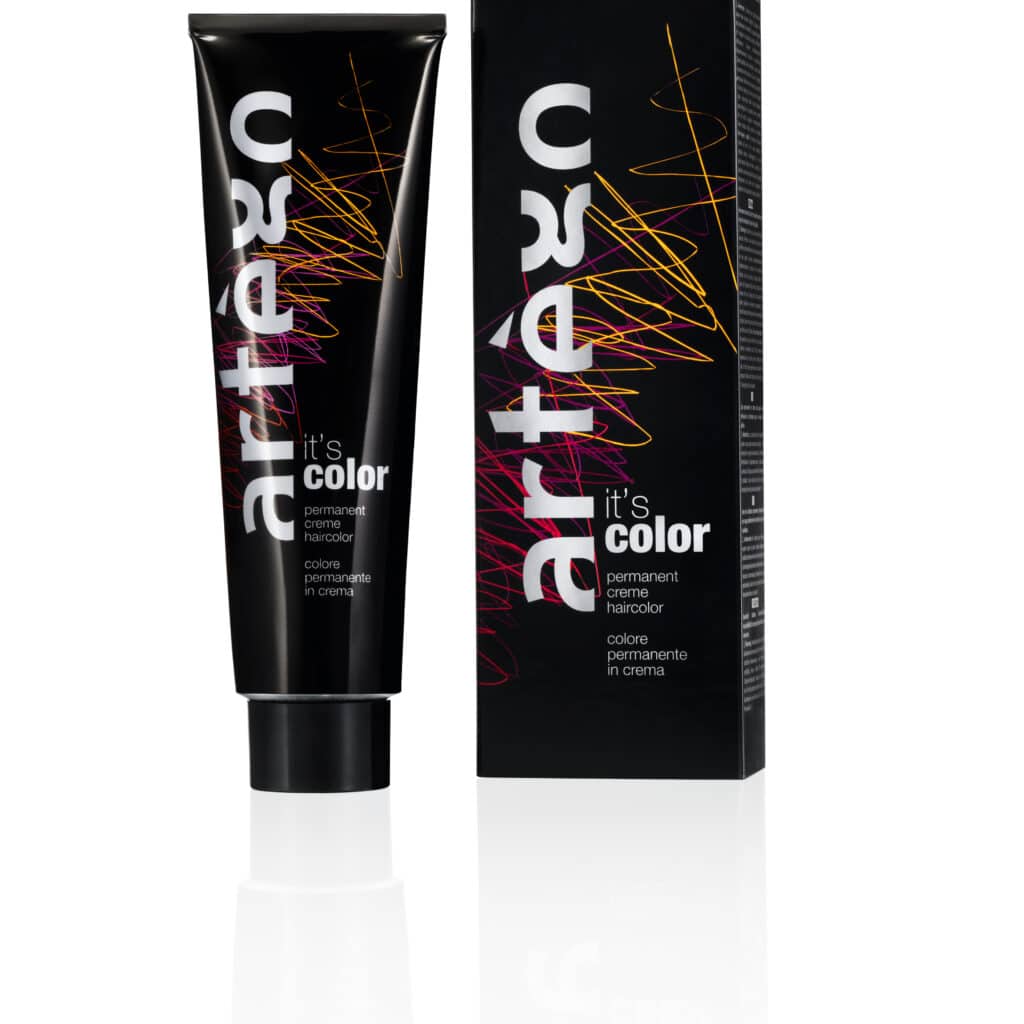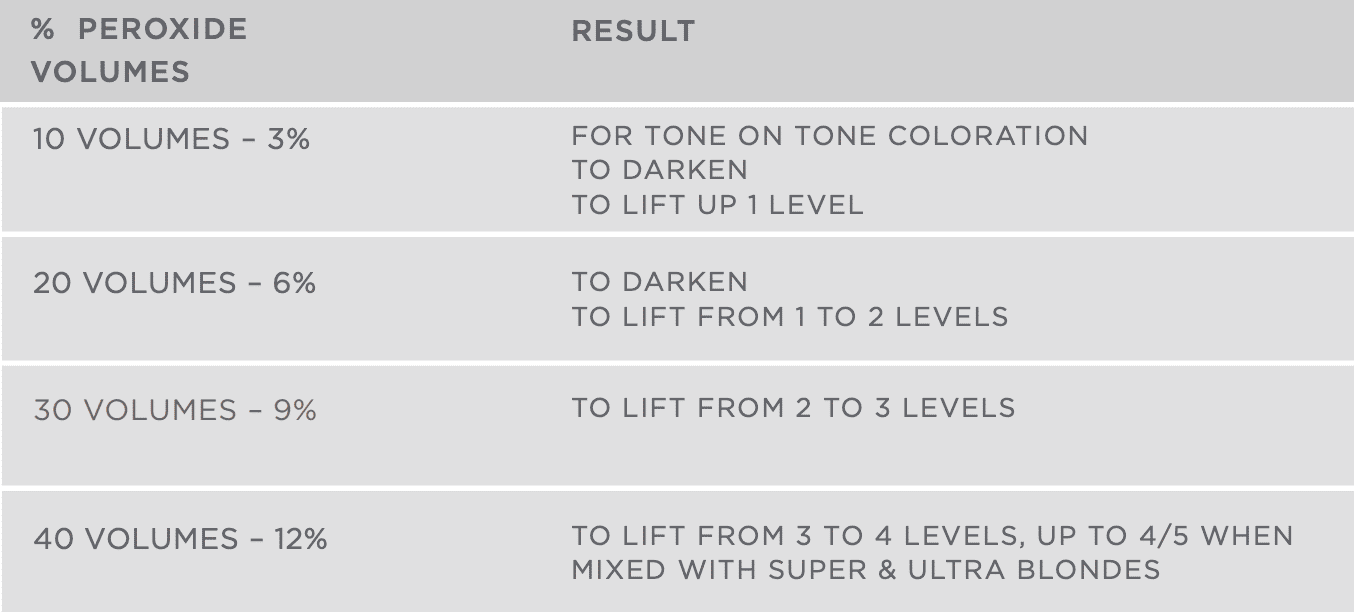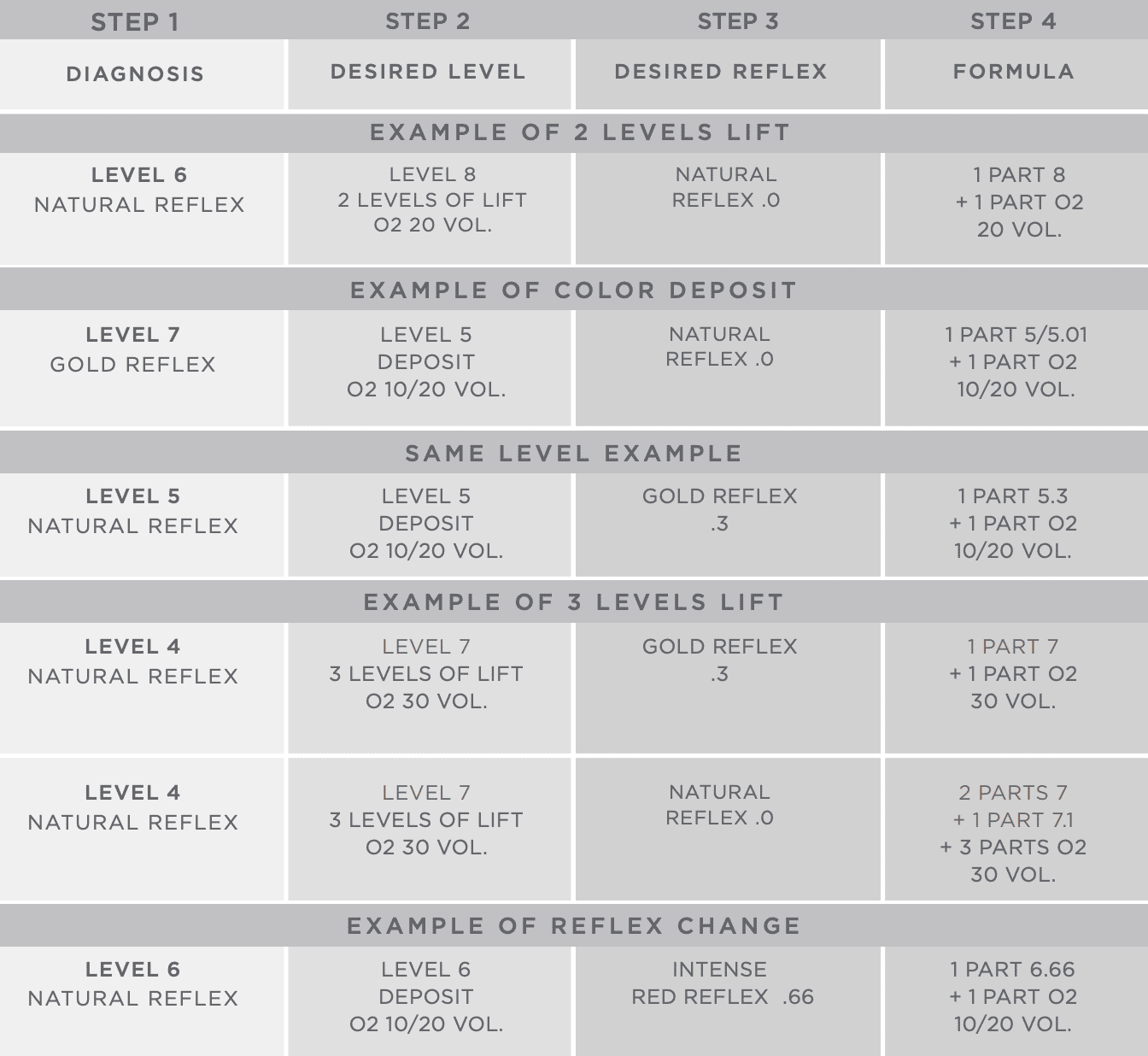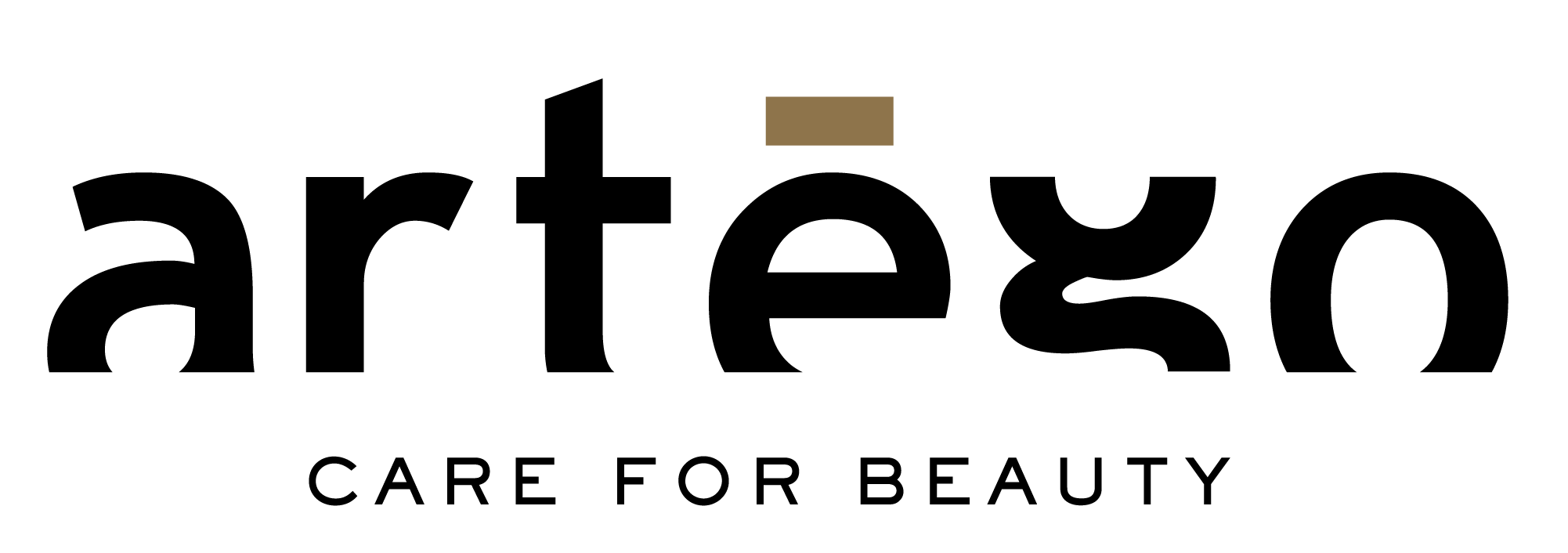
When formulating a color, which color tube do you need to use for make sure you and your client end the appointment with the desired result? Which oxidant should you choose? Do you need to use one shade or mix more than one together? Following a professional hair color formula method provides you the groundwork you need to let your creativity flow while working with your client to make sure their satisfaction is met.
The 4 It’s Color Golden Rules
- Determining the starting level and the natural reflex
- Determining the desired level (choosing the peroxide)
- Determining the desired reflex
- Choosing the formula
DETERMINING THE STARTING LEVEL AND THE NATURAL REFLEX
Diagnosing the base color is crucial to correctly select the It’s Color shade to use. Throughout a careful diagnosis we will establish the client level and her natural hair reflex: identify a strand with a comb (at the center of head), then compare the level of the re-growth area (0 to 2/3 cm from the scalp) placing it near to one of the natural shades, from 1 to 10, or the level selector in the It’s Color chart.
To obtain a truthful result it is important to check different areas of the head (frontal and occipital area). If the base colors are not the same throughout the head, or if the color is an intermediate one, it is possible to choose according to one of the following evaluation:
- Consider the lighter level if we want to darken
- Consider the darker level if we want to lift
Once we checked and established the starting level, we can determine the reflex, that will be:
- natural (neutral)
- warmer (gold, copper, red)
- colder (beige, ash)
This will be very helpful to elaborate the color formula.
RECOMMENDATIONS:
- do not trust the visual evaluation from far away but always put the strands close one to another (at least until we are confident in this activity);
- exclusively refer to It’s Color chart. Parameters must be confronted with the ones of the coloration we will use, not others;
- do not rely on client’s suggestions nor on colleagues’ prior evaluations.
DETERMINING THE DESIRED LEVEL
Thanks to the second rule the client expectation will be confronted to the hairdresser’s stylistic needs and to the technical possibilities offered from the coloration. Comparing the color customer desires to her natural base level will lead us to an easy decision, whether to lift (and how much), darken, or maintain the same level.
Based on this, we will then decide:
- The level we need in the color formula
- The volume of the peroxide O2 (following the chart below)

The 0 volumes peroxide can be diluted with others to obtain intermediate volumes. When formulating, it is necessary to consider that, as we go from lower to higher levels, the power to lift increases; from higher to lower levels, instead, the deposit potential increases. The lifting power of peroxide can vary depending on the starting level (it is different to lift a 1 black and a 7 blonde).
If we prepare to color on colored hair we must consider that the desired color level cannot be lighter than the existing one because we know that ‘color does not lift color’. Therefore, we will either obtain same level results, we will darken (the portion of already colored hair) or we will modify the reflex.
DETERMINING THE DESIRED REFLEX
Next step is to finalize the color formula is defining a final result (a shade) with a dominant reflex or a neutral connotation (natural). First of all then we have to establish whether the client prefers a warm result (gold, copper, etc.), a cold one (beige, ash etc.) or a neutral one (natural). In line with these preferences, to formulate our color, we will now pick the desired reflex shade from the color chart (we chose the level already).
We need to remember that, according to the principles of colorimetry:
- Cold reflexes counteract warm reflexes
- Warm reflexes counteract cold reflexes
As the final result will always be the sum of the client’s natural color and the artificial one we add on her hair, we need to remember that the hair natural reflexes need to be balanced with the ones chosen for the formula in order to get neutral/natural results.
We need to consider that, after lifting, the hair will always have residual ‘warm tones’, especially if we start from a dark level. If this is the case, remember to always balance the formula with cold shades. Last but not least, it is appropriate to remember that also the reflex on the lengths can be affected from previous colors, and we need to consider it when formulating.
CHOOSING THE FORMULA
If the diagnosis is duly performed and the mental pattern represented by the three steps detailed below is followed, we will elaborate the perfect formula to achieve the final result:

Let’s consider some practical examples illustrated in the chart below:
Please remember that the rules and formulas detailed in this chapter refer to heads without grey hair.

